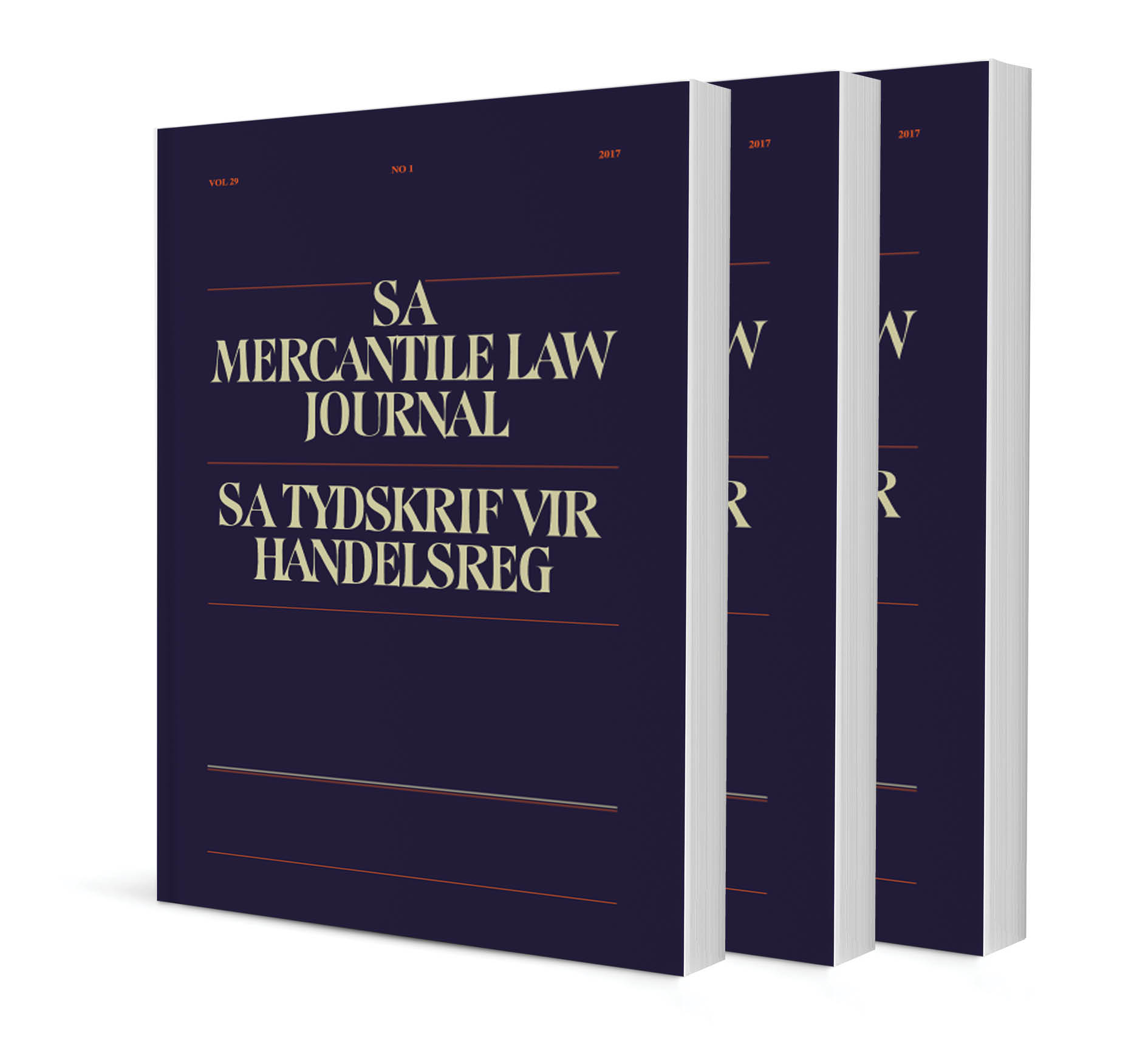Do taxpayers have to pay tax when SARS has not complied with sections 92, 95 and 96 of the Tax Administration Act? Nondabula v Commissioner: SARS & another explained

Do taxpayers have to pay tax when SARS has not complied with sections 92, 95 and 96 of the Tax Administration Act? Nondabula v Commissioner: SARS & another explained
Author: Moseki Maleka
ISSN: 1996-2185
Affiliations: Senior Lecturer, Department of Mercantile Law, University of South Africa
Source: South African Mercantile Law Journal, Volume 35 Issue 1, 2023, p. 94 – 109
https://doi.org/10.47348/SAMLJ/v35/i1a5
Abstract
Section 3 of the South African Revenue Service Act 34 of 1997 (‘SARS Act’) provides that the South African Revenue Service (‘SARS’) is empowered to administer and collect taxes in South Africa. The Commissioner for SARS (‘the Commissioner’) is empowered to invoke the collection methods in terms of ss 164 and 179 of the Tax Administration Act 28 of 2011 (‘the TAA’).
